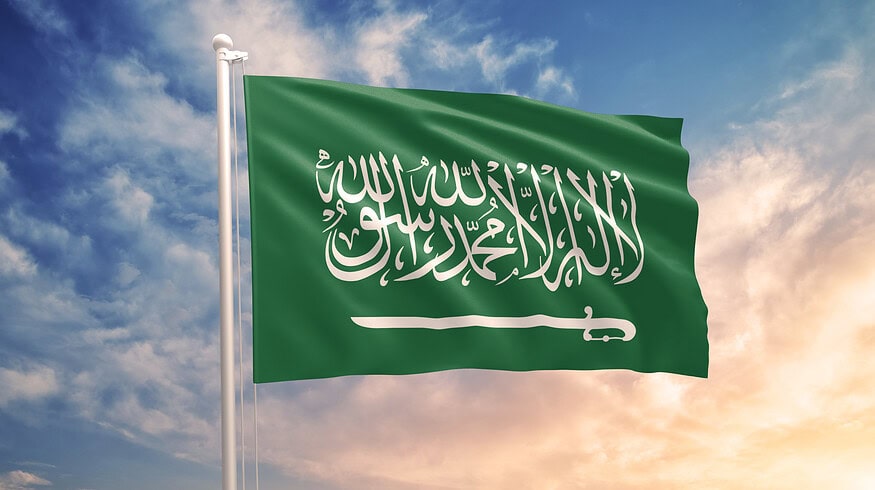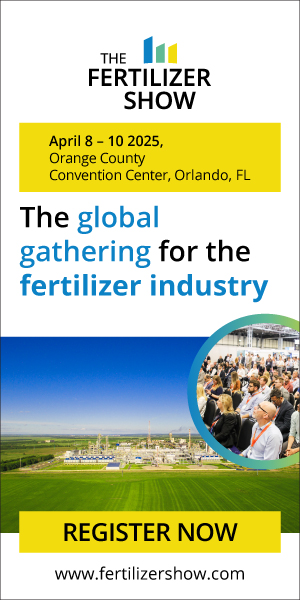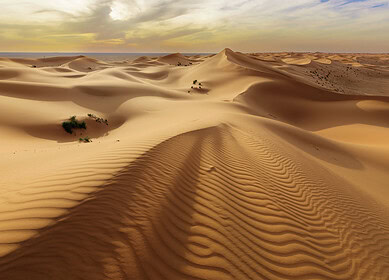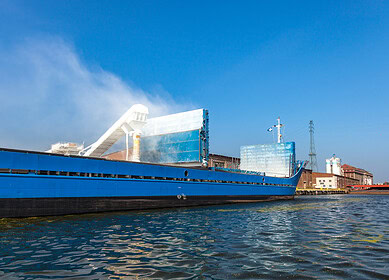Saudi Arabia’s fertilizer market projected to reach $924.35bn by 2028

Saudi Arabia is rapidly emerging as a key player in the global fertilizer industry, with projections indicating a significant market expansion. A recent study by Mordor Intelligence forecasts the Saudi fertilizer market to grow from USD 646.87 billion in 2023 to USD 924.35 billion by 2028, achieving a compound annual growth rate (CAGR) of 7.40%. This growth is attributed to the kingdom’s rich natural gas and mineral resources, strategic diversification policies, and escalating demand from both regional and international markets.
Agricultural development amidst minimal rainfall
Despite receiving only about four inches of rain annually, Saudi Arabia is ambitiously pursuing agricultural development to ensure food security. The application of fertilizers is becoming increasingly crucial in this arid environment, enhancing crop growth and yield, thereby leading to a surge in fertilizer demand.
Market trends and segmentation
In 2021, the nitrogenous fertilizer segment dominated the market, accounting for 39.3%. However, the potassic fertilizer segment is witnessing rapid growth, crucial for improving plants’ tolerance to water scarcity, a significant challenge in Saudi’s arid conditions. This growth is essential for supporting the increasing production of fruits and vegetables in the kingdom. The COVID-19 pandemic has underscored the importance of local food sources, further fueling agricultural activities and, consequently, fertilizer demand through 2028.
Dominance in ammonia exports
Saudi Arabia stands as the largest ammonia exporter in the GCC region, primarily catering to the Indian market, with additional exports to other Asian and African countries. Saudi producers have a competitive edge in supplying the Asia-Pacific region, particularly South and South-East Asia, compared to European, African, and South American producers. Thailand has emerged as a major recipient of Saudi ammonia, followed by the United States, Australia, South Africa, and New Zealand.
Fertilizer export and import dynamics
The kingdom contributes roughly one-third of the GCC’s total fertilizer export volume of about 7.2 million metric tons. Urea forms the bulk of these exports (53%), with the balance shared between ammonia and DAP (Diammonium Phosphate). Notably, domestic demand for ammonium sulfate is largely met through imports.
Leading market players
Key players shaping the Saudi Arabia fertilizer market include Saudi Basic Industries Corporation (SABIC), Maaden Phosphate Co., Arabian Agricultural Services Co. (ARAMCO), Saudi United Fertilizer Co. (Al-Asmida), and Saf Sulphur Company. These entities play a pivotal role in the kingdom’s burgeoning fertilizer sector, contributing significantly to its economic growth and agricultural sustainability.
Enjoyed this story?
Every Monday, our subscribers get their hands on a digest of the most trending agriculture news. You can join them too!













Discussion0 comments